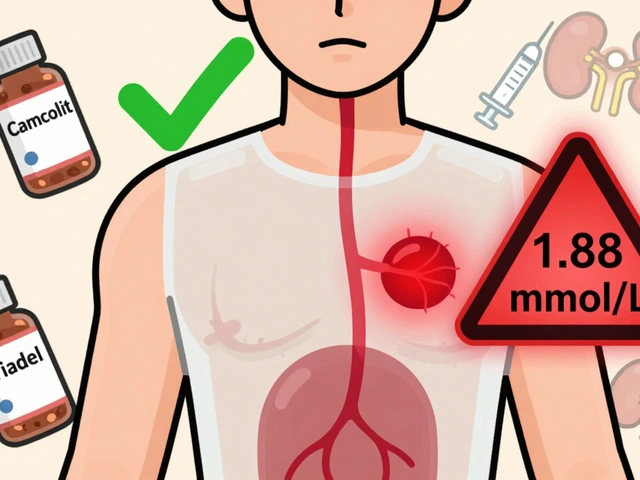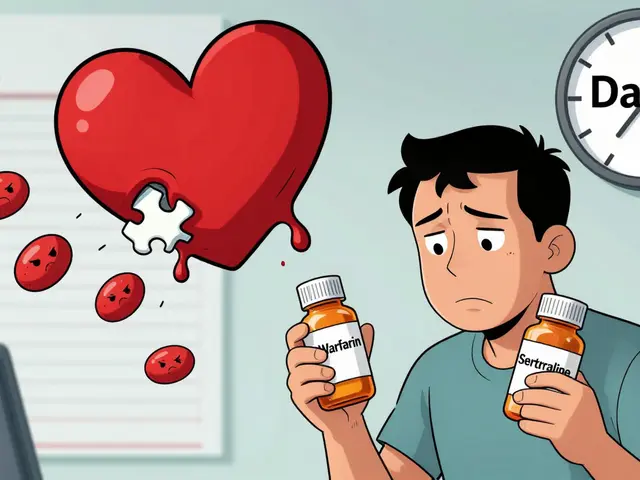Dysmenorrhea – Understanding Period Cramps and How to Find Relief
Period pain is more than a nuisance for many people. When the pain is strong enough to miss work, school, or activities, it’s called dysmenorrhea. Knowing what drives the cramps and what actually helps can turn a painful month into a manageable one.
Common Causes and Types of Dysmenorrhea
Most menstrual cramps are “primary” dysmenorrhea – they happen because the uterus releases prostaglandins, chemicals that make the muscle contract. The contractions squeeze blood vessels, leading to that throbbing feeling. If the pain starts soon after the bleed begins and eases after a few days, it’s likely primary.
“Secondary” dysmenorrhea is linked to an underlying condition such as endometriosis, fibroids, or pelvic inflammatory disease. The pain may start later in the cycle, last longer, or feel deeper. If over‑the‑counter meds aren’t helping, it’s worth talking to a doctor to rule out these causes.
Typical symptoms include cramping in the lower abdomen, lower back ache, nausea, and sometimes headaches. Many people also notice that the pain spikes right before the flow peaks.
Practical Ways to Ease the Pain
First‑line treatment is usually an NSAID like ibuprofen or naproxen. These drugs block prostaglandin production, cutting the intensity of the cramps. Take the pill with food at the first sign of pain for best results.
Heat works like a mini‑massage. A heating pad, hot water bottle, or warm shower relaxes the uterine muscles and improves blood flow. Even a short 10‑minute warm compress can lower pain scores.
Gentle movement beats staying still. Light cardio, yoga, or a brisk walk releases endorphins, the body’s natural painkillers. A 20‑minute routine focused on hip‑opening poses can be especially soothing.
Nutrition matters too. Reducing caffeine and salty foods can lower bloating, while magnesium‑rich snacks (nuts, leafy greens, dark chocolate) may calm muscle tension. Some people find relief with a daily omega‑3 supplement, which has mild anti‑inflammatory effects.
Herbal options like ginger tea, raspberry leaf, or cinnamon have anecdotal support for easing cramps. If you try an herb, start with a small amount to see how your body reacts.
Don’t ignore sleep. A rested body handles pain better, and a consistent bedtime routine helps keep hormone levels steady.
If you suspect secondary dysmenorrhea, ask a health professional about a pelvic exam or imaging. Early diagnosis of conditions like endometriosis can lead to targeted treatments that go beyond painkillers.
Remember, every person’s body reacts differently. Tracking your cycle, pain level, and what you tried can guide future choices and make conversations with doctors clearer.
Bottom line: start with NSAIDs and heat, add gentle movement and smart food choices, and seek medical advice if the pain won’t quit. With these steps, dysmenorrhea can become something you manage—not something that controls you.

Self-Advocacy for Menstrual Cramps: Get the Treatment You Deserve
Period pain shouldn’t derail your life. Here’s how to advocate for proper diagnosis and treatment-what to track, what to ask for, and how to get heard.
View More




